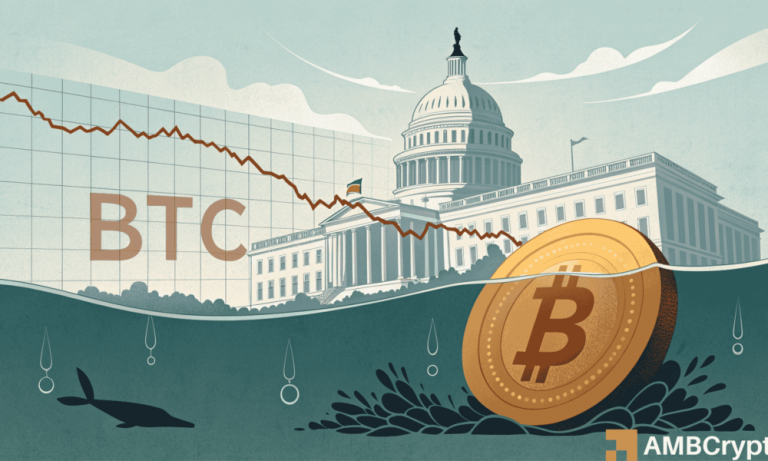
The cryptocurrency market has recently been shaken, with over $41 billion liquidated across major assets since the start of October. On October 10 alone, a staggering $20 billion vanished in less than 24 hours. The market’s volatility has unveiled significant structural vulnerabilities, leaving traders scrambling to adapt to these drastic changes.
Record Breaking Liquidations Leave Crypto Traders Reeling
Since October 1, crypto markets have been in turmoil. Massive sell-offs have resulted in a pattern of what analysts term ‘systematic selling.’ These sustained liquidation waves reveal the fragility of the current market and the high levels of leverage exposure traders are involved in.
Daily patterns indicate concentrated sell-offs amounting to between $100 million and $1 billion—a trend even observed during stable global market conditions. Major assets experienced minor price movements that resulted in outsized liquidations, highlighting liquidity gaps and market vulnerabilities.
Why Was October 10 Historic for Crypto Markets?
On October 10, nearly $20 billion in crypto was liquidated in just 24 hours. Unusual for such a massive event, this took place without the usual triggers, such as exchange collapses, macroeconomic shocks, or significant regulatory announcements.
Despite equities performing well in this same period, assets like NVIDIA and the S&P 500 posted gains, showing no macroeconomic indicators to justify the crypto decline. This stark contrast has left traders questioning the market structure and the distribution of gains and losses following the flash liquidations.
Structural Weaknesses and Regulatory Solutions
The current crypto environment is riddled with challenges, from thinning liquidity to leverage exposure. Regulatory bodies are now aiming to fill the transparency void that has plagued the industry. The proposed Digital Asset Market Clarity Act seeks to:
- Ban wash trading
- Criminalize spoofing and front-running
- Enforce proof-of-reserves from all U.S.-facing crypto exchanges
Additionally, real-time monitoring by the Commodity Futures Trading Commission (CFTC) is expected to flag suspicious activity and prevent large-scale liquidation waves like the ones seen in October. Enhanced reporting and transparency requirements could provide much-needed reassurance to traders and investors as the market struggles to find stability.
How Traders Can Navigate the Market
For investors, awareness of liquidity and leverage conditions is paramount. Monitoring regulatory developments and understanding how these efforts aim to stabilize markets can provide a roadmap for better trading practices and risk management. Tools like real-time analytics platforms and stop-loss mechanisms can also help traders mitigate losses during highly volatile periods.
If you’re looking to track market trends and analyze crypto movements effectively, CoinMarketCap is a trusted platform that offers real-time data, helping you make informed decisions.
Conclusion
The unprecedented liquidations in the crypto market are a wake-up call for both individual traders and institutions. Regulatory clarity and better market transparency are essential steps in addressing structural flaws. In the meantime, understanding leverage risks and implementing sound risk management is key to navigating these turbulent times.



